Technical textiles
Technical
textile is a textile product that is made for non-aesthetic purposes, where function is the primary criterion. It includes textiles for automotive
applications medical textiles, geotextiles, agro textiles, and protective
clothing. This sector is large, growing, and supports a huge array of other
industries. The global growth rate of technical textiles is about 4% per year
which is higher than the growth rate of household and garment textiles growing
at 1% per annum. Currently, technical textile materials are most commonly used
in filter garments, furniture, hygiene medicine, and construction materials.
A
technical textile can be woven or non-woven or a combination of both. It can
be made as a single or multi-layer and can be produced as a compound or as a
coated and/or impregnated material. It can be made from any fiber yarn or
filament from a completely natural or synthetic source or a combination of the
two types. It is not only defined on the basis of its functionality or performance,
nor its classification that it should not be made for purely decorative and
aesthetically pleasing end-use, or which is considered traditional.
Technical
textiles account for about 54 percent of the global textile industry. The
potential market for technological textiles is huge. Add to this the fact that
the technical textile sector is driven by increased profits and the path to
internal competition is very short.
Applications of Technical textile
Technical
textiles can be divided into several categories depending on their end use. The
classification method developed by Techtextil, Messe Frankfurt Exhibition GmbH,
is widely used in Europe, North America, and Asia Techtextil specifies 12
application areas: Agrotech, Buildtech, Clothtech, Geotech, Hometech, Indutech,
Medtech, Mobiltech, Oekotech, Packtech, Protech, and Sport-tech, Architech,
Military textiles, Autotech, Smartech, Wearable computers. These are sometimes
spelled Agrotex, Buildtex, Clothtex, Geotex, Hometex, Indutex, Medtex,
Mobiltex, Oekotex, Packtex, Protex, and Sportex.
i. Construction textiles (Buildtech)
Construction Textiles are used in concrete reinforcement, facade foundation systems, interior construction, insulation, roofing materials, air conditioners, sound resistance, visual protection, sun protection, and building protection. An interesting and aesthetically appealing application is the use of textile membranes for roof construction. This region is also referred to as textile architecture. PVC-coated high tensile PES, Teflon-coated glass fiber cloth, or silicone-coated PES are used for their low creep properties. Excellent examples of this type of construction are found in football stadiums, airports, and hotels.
ii. Agro-textiles (Agrotech)
Agro-textiles have been applied to the agricultural technology sector, with methods to protect crops and reduce the risk of crop development and cultivation practices. Initially, agro-textiles provide weather resistance and resistance against microorganisms, and protection from unwanted materials and external factors. Agro-textile helps to improve the overall condition with which the crop can be developed and protected. Agro textiles are involved in mulch mats, hail protection nets, crop covers, etc. Also useful in agro-textile horticulture, aquaculture, landscape gardening, and afforestation. Other examples of use and application are livestock protection, weed control, and pest control.
iii. Clothing textiles (Clothtech)
Technical
textiles for garment applications that are consisting primarily of all textile
materials used in clothing and footwear. Clothtech includes functional parts
that may not be visible, such as zippers, labels, sewing threads, elastics,
insulating fiber fillings, weddings, shoelaces, draperies velcro, and
interlining fabrics. Sewing threads are the main component responsible for
around 60% then label 19%, interlining 8%, shoelaces, and zip fasteners 5%, and velcro and umbrella 2%. Clothtech is a significant segment of the technical
textile sector, contributing 7% to the overall technical textile industry.
iv. Geotextiles (Geotech)
Geotech products are used for the strengthening or construction of dams. Geotextile fabrics are permeable fabrics and are used with soils capable of separating, filtering, protecting, or extracting. Areas of application include civil engineering, soil and road construction, dam engineering, soil sealing, and drainage systems. The fabric used must have good strength, durability, low moisture absorption, and thickness. It uses mostly non-woven and woven fabrics. Synthetic fibers such as glass, polypropylene, and acrylic fibers are used to prevent cracks in concrete, plastics, and other building materials.
v. Protective textiles (Protech)
The
main goal of technological protective clothing is to improve the safety of
people in their workplaces. Technical protective fabrics can save a worker's
life, so most of them are mainly used to make PPE. The demand for these fabrics
is growing around the world day by day. There are some companies around the
world that describe requirements and regulations, to fill a fabric, considered
a technical protective fabric. The goal of a technologically protective garment
is not a fashion, they are designed to pay extra for protection against certain
dangers.
vi.
Industrial textiles (Indutech)
These
textiles are used for chemical and electrical applications and textiles related
to mechanical engineering. Industrial textiles are such as silk-screen
printing, filtration, plasma screens, propulsion technology, lifting/conveying
equipment, sound-proofing elements, melting processes, roller covers, grinding
technology, insulations, seals, and fuel cell.
vii. Lifting textiles
These
technical textiles are used for lifting. These are used in heavy goods lifting.
The textile produced is firmly woven with high-tenacity yarn and the fabric is
treated by heat and high temperature which controls its length. It is usually
made of high-tenacity polyester and nylon but HMPE yarn is also used as
dynamite.
viii. Domestic textiles (Hometech)
These
textiles are used in indoor environments - interior decoration and furniture,
carpeting, sun protection, cushion materials, fireproofing, pillows, floor and
wall coverings, and textile reinforcing structures/fittings. Contract markets such
as large-area buildings, ships, caravans, buses, and fire retardant materials are
used. Fire-retardant properties are obtained either by using built-in
fire-resistant fibers such as modacrylic or by applying a fire-resistant
adhesive coating.
ix. Transportation textiles (Mobiltech)
These
textiles are used in the construction of automobiles, like railways, ships,
aircraft, and spacecraft. Examples are Truck covers, car trunk coverings,
lashing belts for cargo tie-downs, seat covers, seat belts, nonwovens for cabin
air filtration, airbags, parachutes, boats, and air balloons.
x. Ecological protection textile (Oekotech)
New
applications for textiles in environmental protection applications such as floor
sealing, corrosion protection, air cleaning, water pollution prevention, water
treatment, waste treatment/recycling, deposit area construction, product
drainage, and domestic water sewerage plant.
xi. Packaging textiles (Packtech)
Packaging
textiles are materials like fibers, yarns, fabrics, and polymers that
contribute to the manufacture of various packaging, silos, containers, bags,
lashing straps, canvas covers, and marquee tents.
xii. Medical textiles (Medtech)
Medical textiles are textile materials such as fiber, yarn, and fabrics that help Medtech provide healthcare, hygiene, infection control, barrier materials, polymeric implants, medical devices, and smart technology. Medical textiles deal with a variety of products, including medical practices and procedures such as injury treatment and the medical environment or situation. These textiles include fiber for the growth of human organic tissue. These textiles provide laminated and coated material for a variety of gowns for better protection from infection, fluids, and personal protective equipment such as PPE gowns for doctors, nurses, hospital staff, gowns worn by healthcare workers, patients gowns, and surgical and isolation gowns.

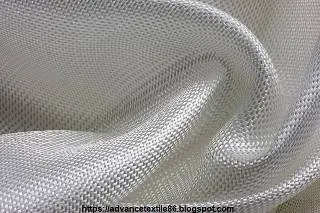
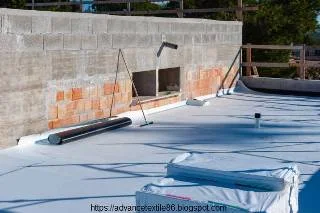



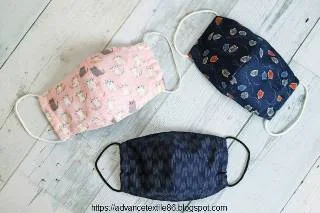


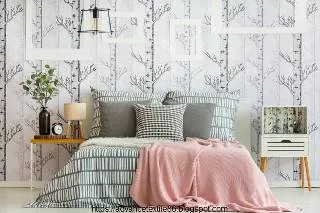
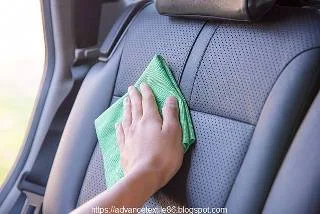

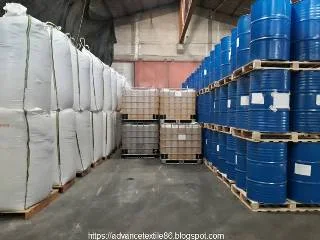








0 Comments